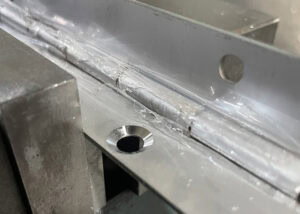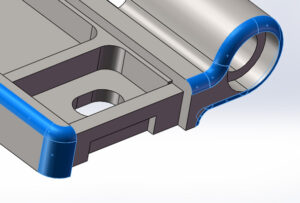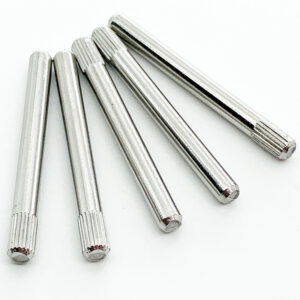Equipment like this that is used in a commercial setting is going to see a lot of use and abuse. Hinges are one of those commercial components that are going to get used a lot and can cause a lot of problems if they are not good quality.
Thermal Shock Chamber hinges are specialized industrial hinges designed to withstand extreme temperature fluctuations in test chambers. These hinges ensure the reliable performance of the chamber’s door, maintaining airtight seals under both high and low temperatures.
Understanding the significance of Thermal Shock Chamber hinges is crucial for equipment reliability.
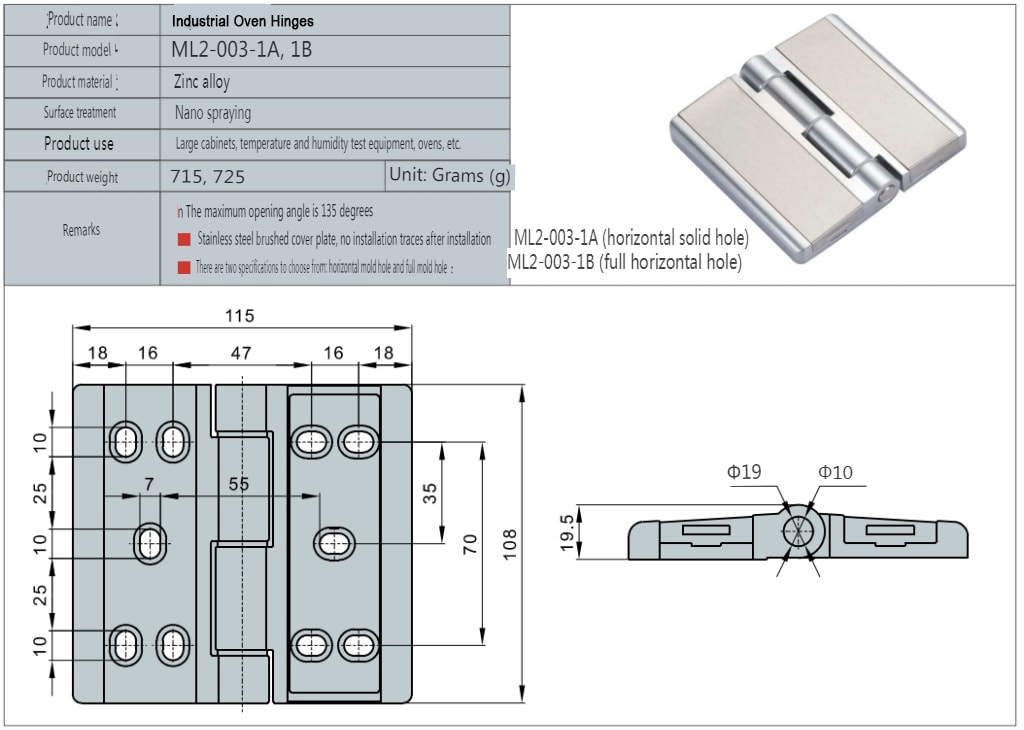
What is a Thermal Shock Chamber?
A Thermal Shock Chamber is a specialized piece of testing equipment used to subject materials and products to rapid and extreme temperature changes. The purpose of the machine is to evaluate how well materials and products can survive thermal stress by going from a high temperature to a low temperature and back again quickly. The reason for doing this is to test the durability and reliability of a product under conditions that are like what it will see in the real world.
The Thermal Shock Chamber is used in industries such as automotive, aerospace, and electronics. In those industries, you have products like circuit boards, parts for vehicles, and parts for aerospace that have to be able to survive big temperature changes.
For example, a part on a vehicle that goes from really cold to really hot can get stressed out and crack or warp. You use this machine to find those problems before you sell the product. All the pieces of the machine, including the hinges, have to be able to take it.
What are Thermal Shock Chamber Hinges?
Thermal Shock Chamber hinges are important parts that are specially made to work in the tough environment inside the test chamber. The hinges have to be able to hold up while the chamber goes from really hot to really cold. They have to keep the door working so you can open and close it without messing up the inside of the chamber.
The design of these hinges is different to handle the fast change from hot to cold. They are usually made out of something like stainless steel or another high-performance alloy that does not corrode or wear out, even in bad conditions. These hinges also have to be able to seal the door so the hot and cold air does not get out and mess up the test.
If the hinges are not good quality, the door might warp or not seal right, and you would have hot and cold air leaking out, making the test not work right. If the test doesn’t work right, you won’t get good data, and your equipment won’t be reliable.
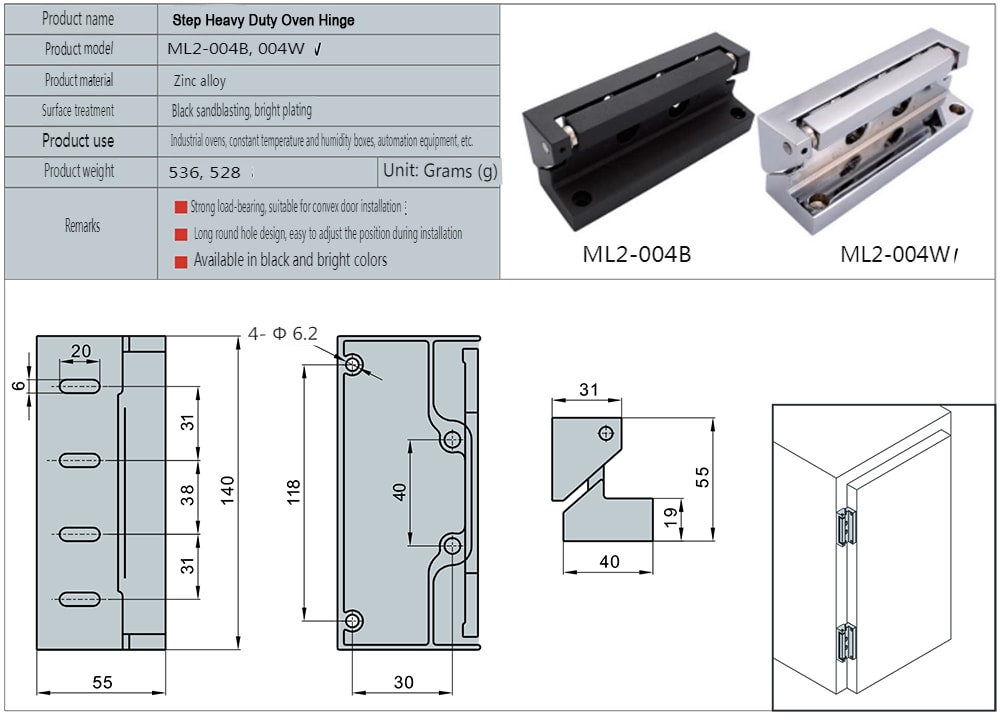
Special Features of Thermal Shock Chamber Hinges
Thermal Shock Chamber hinges are different from regular commercial hinges because they have to be able to take getting hot and cold and still work.
1. Temperature Resistance: The most important thing about these hinges is they have to be able to go from really cold to really hot and still work. These hinges are made so they don’t warp, crack, or corrode even when they go from really hot to really cold over and over again.
2. Durability and Strength: You also have to use the hinges a lot of times. They have to be able to hold up to being used over and over again without getting weak. They have to be able to hold a lot of weight and not wear out. Usually, they are designed to be used thousands of times.
The hinges also have to be able to hold up the heavy door, which might be made out of something like thick glass or metal. They have to hold up the heavy door that you use a lot of times. Even though they have to hold up the heavy door, they still have to work smooth and line up perfect to keep the hot and cold air from getting out.
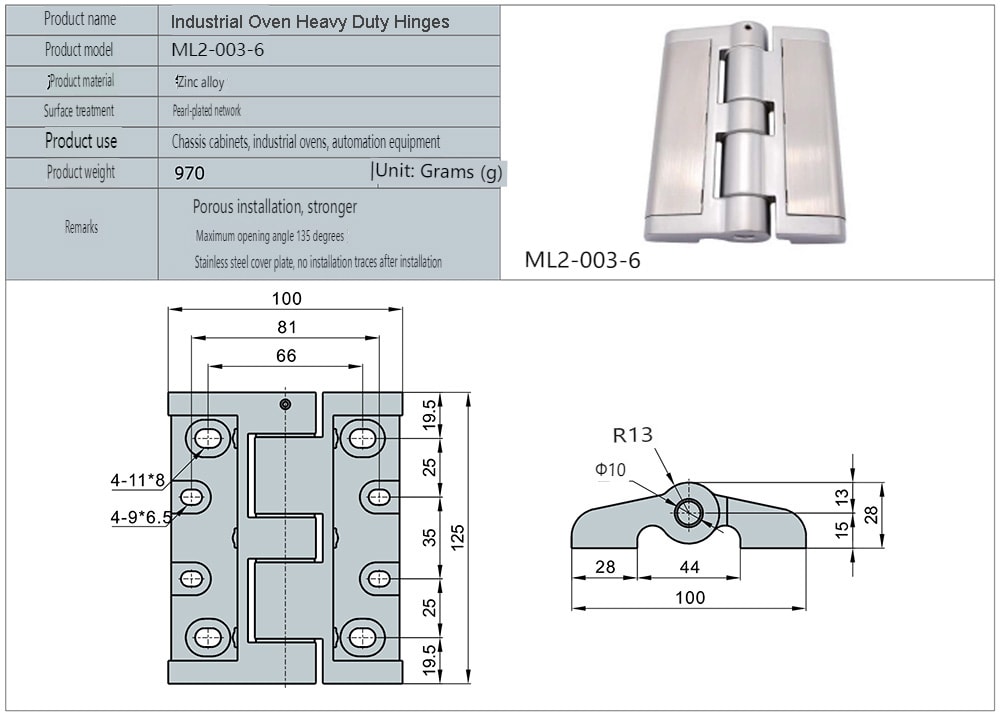
Why High-Quality Hinges Matter for Thermal Shock Chambers?
Thermal Shock Chambers are all about precision to get good data. The hinges are important to keep the chamber sealed up so you don’t have hot and cold air leaking out. If you have bad hinges, the door might not seal right, and you might have hot and cold air leaking out, messing up the test.
If you have bad hinges, they might wear out quick, and you have to fix them or replace them a lot. This costs you money and makes you stop using the machine, which can make you late on your tests and your production schedule. If you have good hinges, you don’t have to worry about them, and you can use the machine all the time.
Custom Hinges for Specialized Needs
One of the cool things about working with me for your Thermal Shock Chamber hinges is I can make you custom hinges. You might be able to use regular hinges for your application, but you might need something special.
You might need hinges that can handle even bigger temperature ranges or that are more resistant to corrosion if you have a lot of humidity or chemicals. You might need to add something to make the hinge seal better.
I can make sure the hinges not only meet the general requirements but also the special requirements you need. It is important to be able to do this in industries where the tests keep changing.
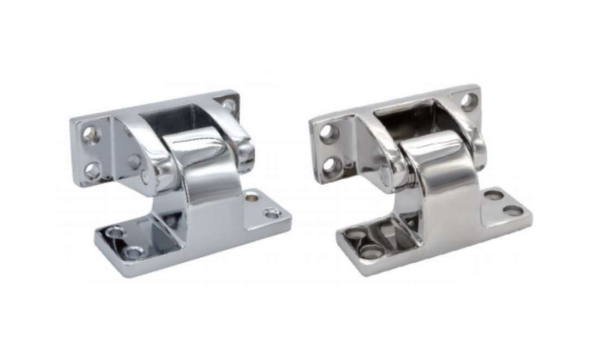
Applications of Thermal Shock Chamber Hinges in Different Industries
You can use these hinges in a lot of different industries. In the electronics industry, you use them to test stuff like semiconductors and printed circuit boards (PCBs) and other things that get hot and cold when you use them.
In the automotive industry, you use these hinges to test things like parts for engines, stuff for the dashboard, and electrical systems to see how they work when they get hot and cold. In the aerospace industry, you use these hinges to test things like what happens to parts on airplanes when they go from one layer of the atmosphere to another.
When you work with stuff that is really important and costs a lot of money, you want to make sure you have good data. These hinges are a small part of getting good data.
Conclusion
Thermal Shock Chamber hinges are important to make sure the chamber works when it goes from hot to cold. They need to be able to handle the temperature changes, and they have to be able to seal up to keep the hot and cold air from getting out.

